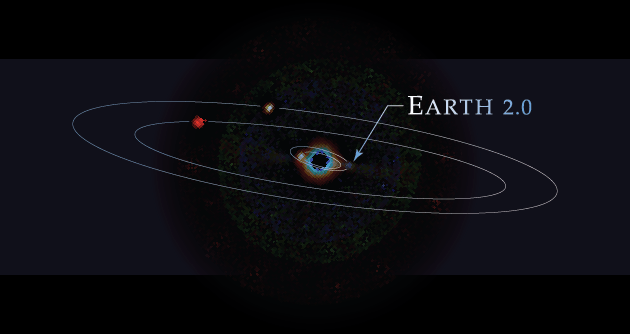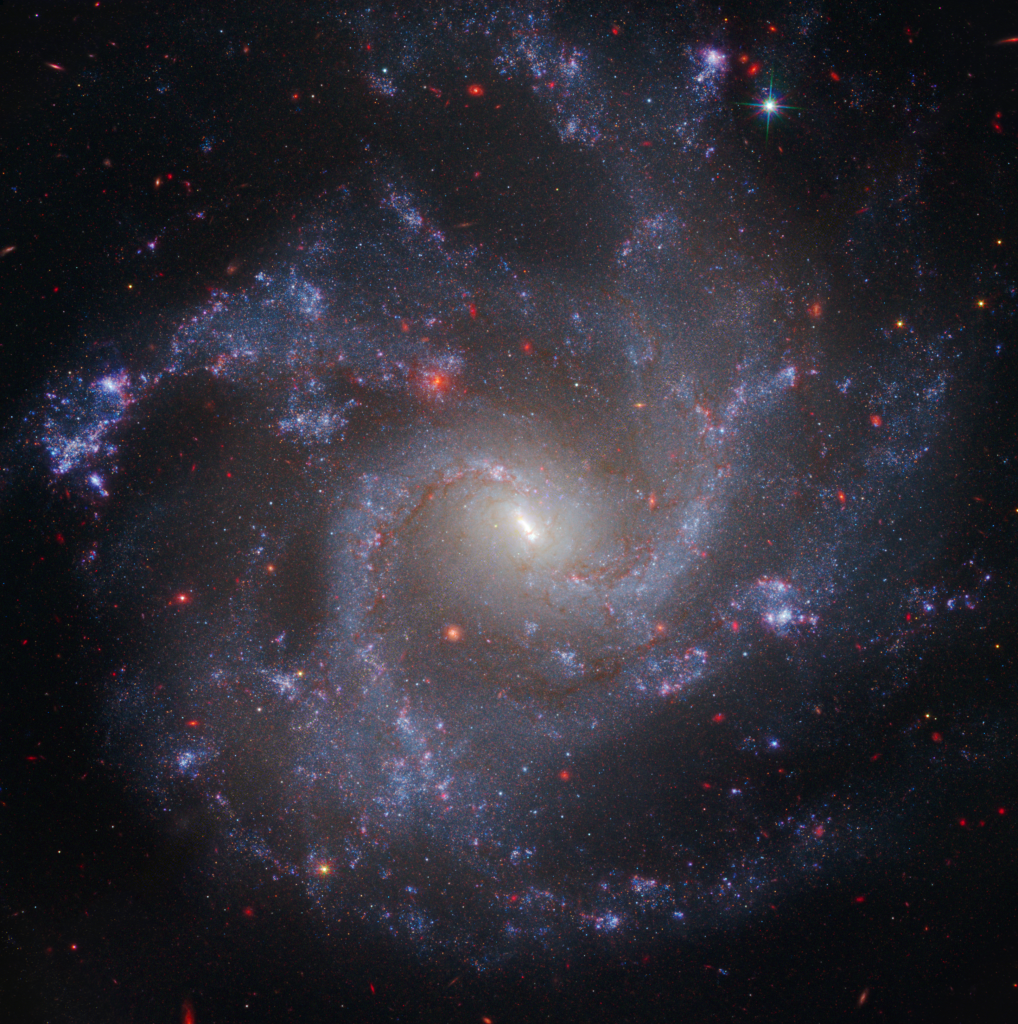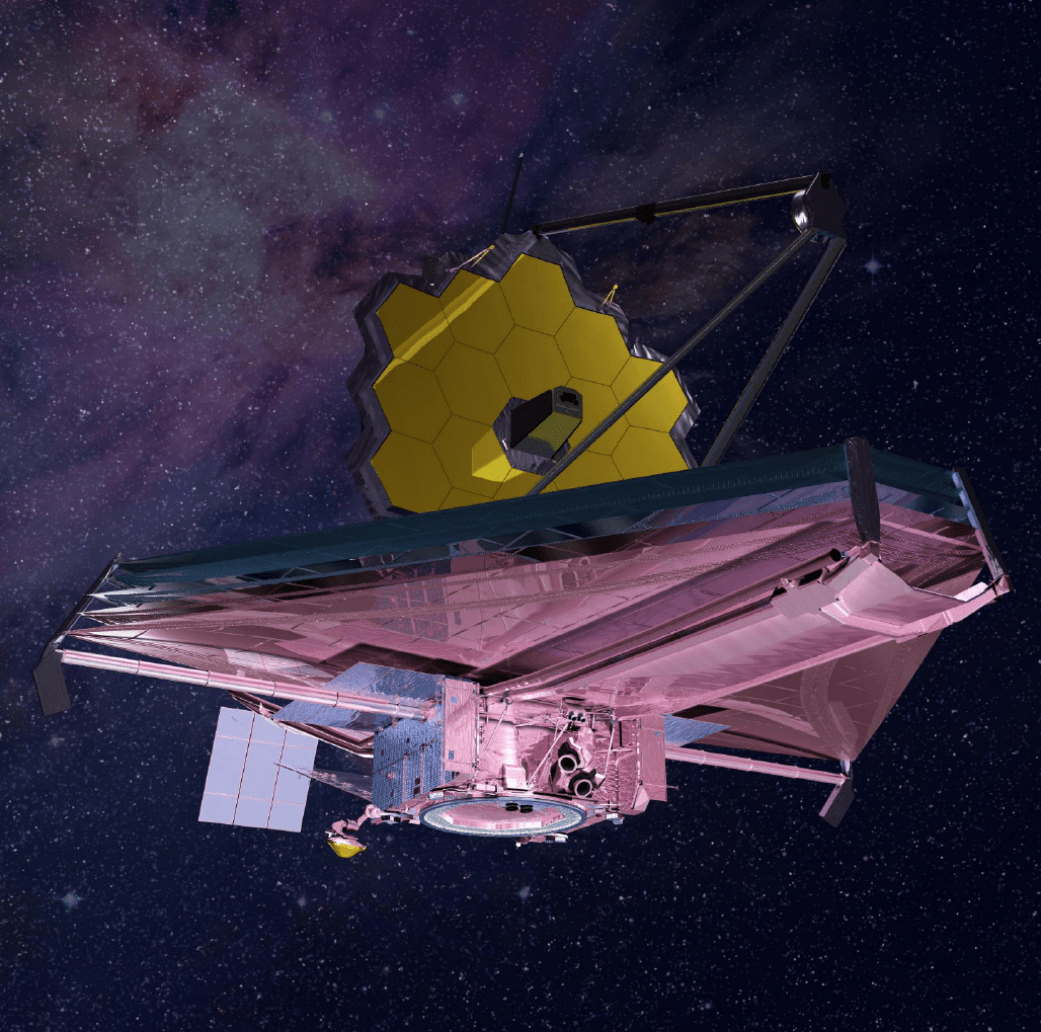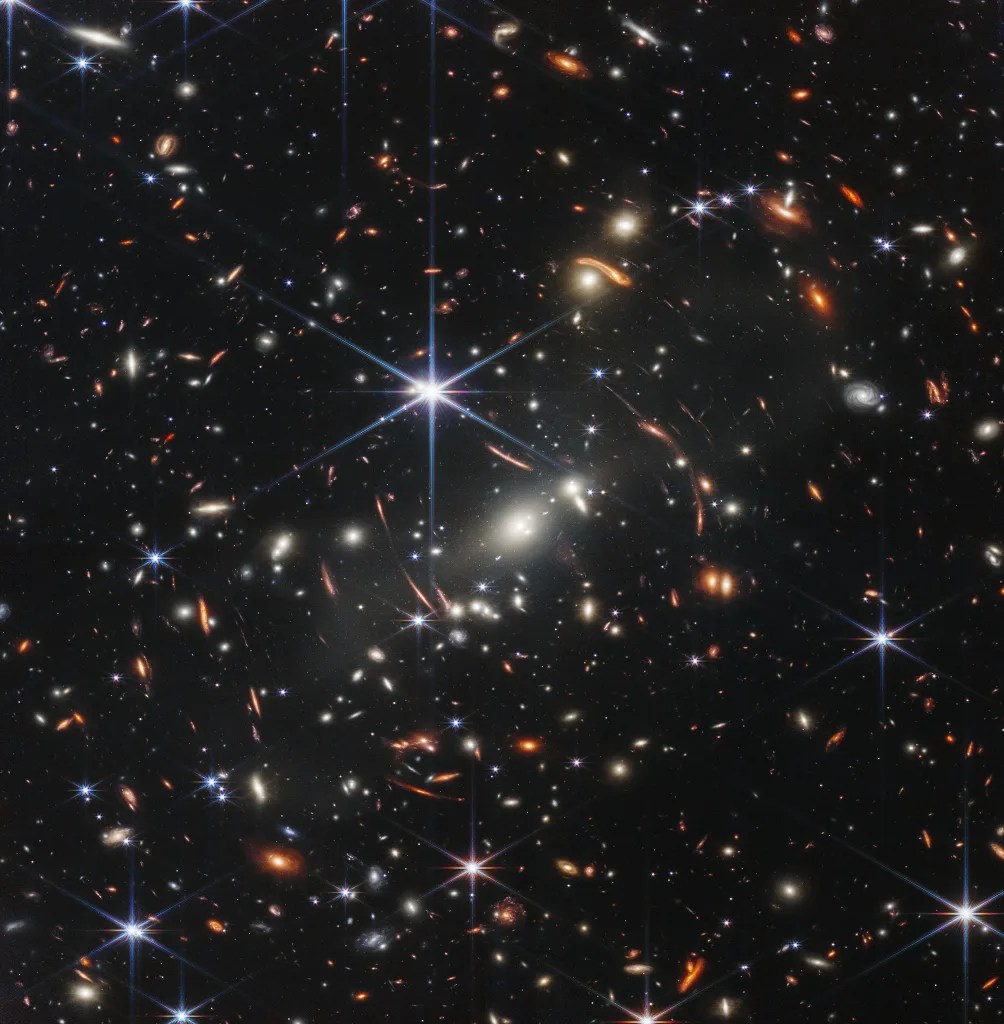A mission that would search for and characterize habitable planets beyond our solar system.
NASA is further prioritizing its long-running search for life in the universe and laying the groundwork for its next flagship astrophysics mission after the Nancy Grace Roman Space Telescope (slated to launch by May 2027.)
Currently referred to as the Habitable Worlds Observatory (HWO), HWO builds upon studies conducted for two earlier mission concepts called the Large Ultraviolet Optical Infrared Surveyor (LUVOIR) and Habitable Exoplanets Observatory (HabEx.)

A mission designed specifically to identify potentially habitable planets around other stars.
The mission's main objective: identify and directly image 25 potentially habitable worlds.
Gasses such as oxygen and methane could serve as critical evidence for life. HWO will use spectroscopy to search for chemical "biosignatures" in these planets' atmospheres.

A mission to provide powerful capabilities for transformational astrophysics discoveries.
HWO will observe the cosmic backyard of our solar system, the distant universe, and everything in between.
The observatory would introduce new capabilities to study the universe with unprecedented sensitivity and resolution, giving us important new insights into the evolution of cosmic structures, including how galaxies form and develop over time.

A mission that will push architectural boundaries.
Engineering Architecture Concepts (EACs) are key cases that help the HWO technology maturation teams explore the trade space.
EACs allow the HWO engineers to develop end-to-end modeling, from science goals to engineering parameters. The EACs will help identify technology gaps for instrument development, explore architectural options for the telescope, and provide feedback to rocket vendors.

A mission guided by you.
Mentorship & community-driven input are crucial to HWO's future.
Key to the HWO mission is developing the outlook of the field of Astronomy by mentoring early career professionals and receiving guidance and input from academia, government, industry, and international partners.

The Search for Life
Is there other life in the cosmos? How will we know? One telescope will give us the answers to that and more.
The Habitable Worlds Observatory: the story of life in the universe.
Exploring the Trade Space
HWO’s engineers perform modeling with various telescope designs to make informed decisions about trade-offs, such as choosing the best balance between telescope size, instrument sensitivity, and stability.
Learn More about Exploring the Trade Space
HWO news in your inbox
Subscribe to the HWO mailing list
We will never share your email address.































